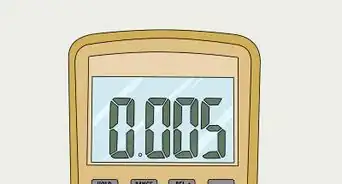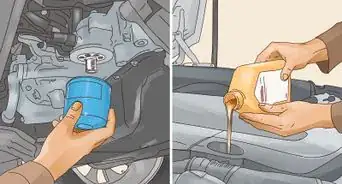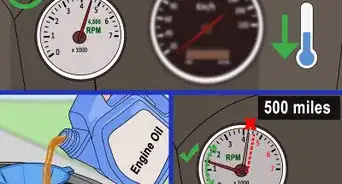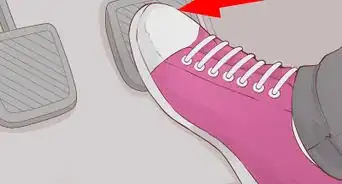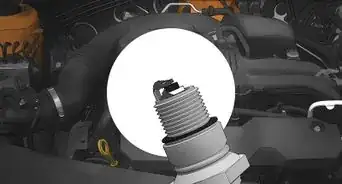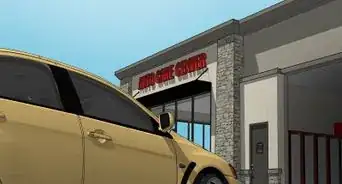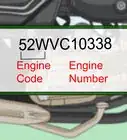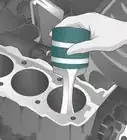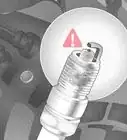This article was co-authored by wikiHow staff writer, Devin McSween. Devin McSween is a wikiHow Staff Writer. With a background in psychology, she has presented her research in social psychology at a variety of conferences and has contributed to several manuscripts for publication. At wikiHow, Devin combines her love of writing and research with the goal of bringing accessible information to wikiHow readers that will help them learn and grow. She earned her BS in Psychology from the College of Charleston.
This article has been viewed 1,703 times.
Learn more...
You’re puttering around your garage when you notice your red gas tanks are gathering dust. It’s a shame to let the old gas go to waste, but is there any way to use it or restore it back to its original quality? While there’s no magical additive to make old gas like-new again, there is a super simple way to make it usable. In this article, we’ll give you a quick solution to rejuvenate your old gas. We’ll also cover how long you can store gas and how to tell if it’s gone bad so you can be sure you’re driving safely at all times
Things You Should Know
- To make old gas usable, mix it with new gas in a 1:3 ratio. Then, pour in a fuel stabilizer.
- Gas goes bad and is no longer usable when it appears dark, murky, and separates into layers.
- Gas lasts about 3 to 6 months when stored in an air-tight container in a cool, dry place.
- Adding a fuel stabilizer to old gas does not make it like-new again. When it’s added to new gas though, it can extend its life to 1-3 years.
Steps
Restoring Old Gas
-
1Determine whether your gas is old or contaminated. While old gas can be used in your car, it's unsafe to use bad gas. To check your gas, pour a bit into a clear glass and compare it to some fresh gas. Fresh gas is a transparent and pale gold, while old gas is a slightly darker amber color. Bad gas usually looks even darker, appears muddy or murky, and is separated into distinct layers.[1]
- Contaminated gas contains debris or sediments; old gas doesn't.
- Give your old gas a sniff, as well. Bad gas usually smells spoiled or sour.
-
2Mix your old gas with new gas in a 1:3 ratio. The best way to make old gas usable is to dilute it with new gas. Simply fill your car’s fuel tank or a storage tank with 3 gallons (11 l) of fresh gas for every 1 gallon (3 l) of old gas you pour in. Then, gently rock your car or shake the storage tank to mix the gas together.[2]
- Mixing new gas with old gas adds back in the combustive chemicals that evaporated out of the old gas.
- Even when you dilute old gas with new, it won’t be as powerful as fresh gas on its own. Your car might take a few tries to get started.
- If your car is full of old gas, drain its fuel tank with a siphon pump. Store the old gas in a tank to use later, or get rid your gas by taking it to your local recycling or waste disposal center.
Advertisement -
3Add a fuel stabilizer to extend the life of your gas. Once your old and new gas is mixed together, just pour in the amount of stabilizer recommended on the bottle to treat the amount of gas in the tank. Fuel stabilizers and additives help prevent the oxidation and evaporation that causes gas to lose its combustibility.[3]
References
- ↑ https://www.jdpower.com/cars/shopping-guides/how-long-can-gas-sit-in-a-car-before-it-goes-bad
- ↑ https://www.bobvila.com/articles/how-long-does-gasoline-last/
- ↑ https://homebatterybank.com/can-i-add-fuel-stabilizer-to-old-gas/
- ↑ https://www.consumerreports.org/car-maintenance/how-to-keep-gas-fresh-and-protect-car-during-coronavirus-a2057372487/
- ↑ https://www.consumerreports.org/car-maintenance/how-to-keep-gas-fresh-and-protect-car-during-coronavirus-a2057372487/
- ↑ https://www.in.gov/idem/health/household-hazardous-wastes/
- ↑ https://www.consumerreports.org/car-maintenance/how-to-keep-gas-fresh-and-protect-car-during-coronavirus-a2057372487/
- ↑ https://www.primalsurvivor.net/store-diesel/
- ↑ https://www.consumerreports.org/car-maintenance/how-to-keep-gas-fresh-and-protect-car-during-coronavirus-a2057372487/
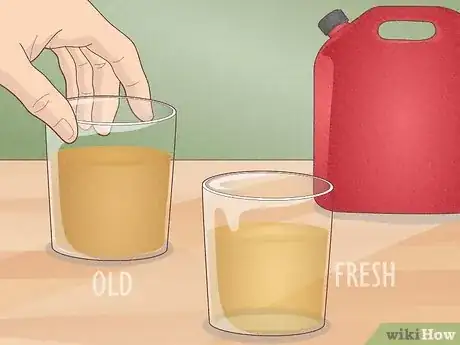
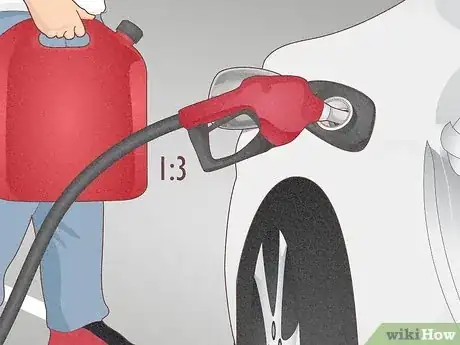
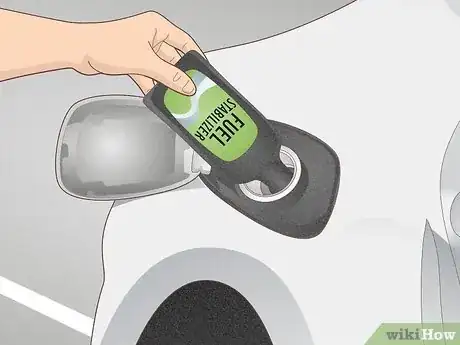

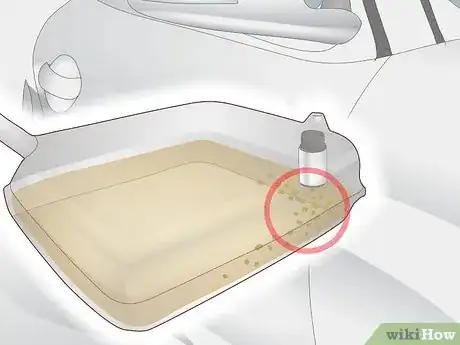
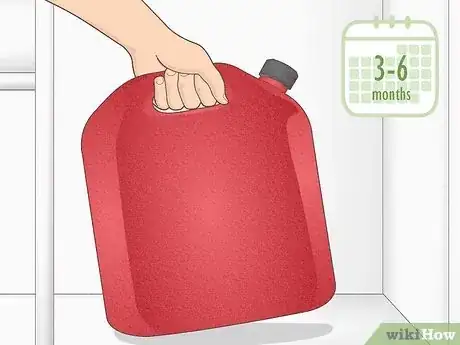

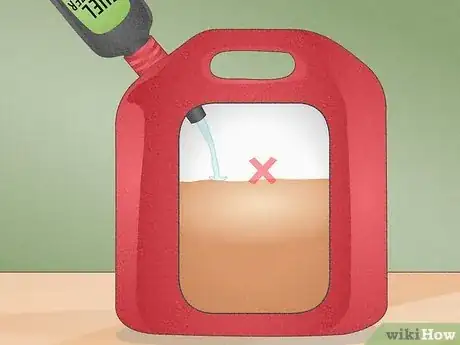
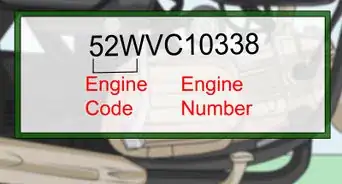
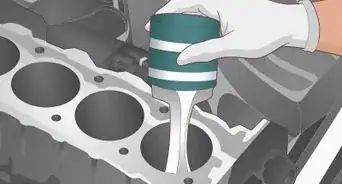
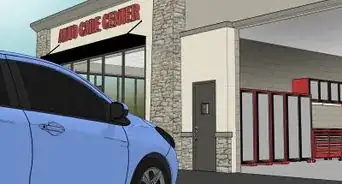
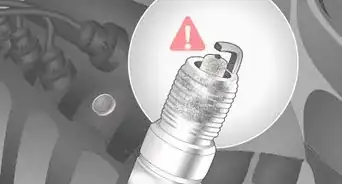
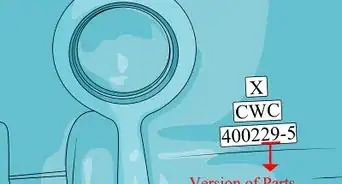

-Step-13.webp)
